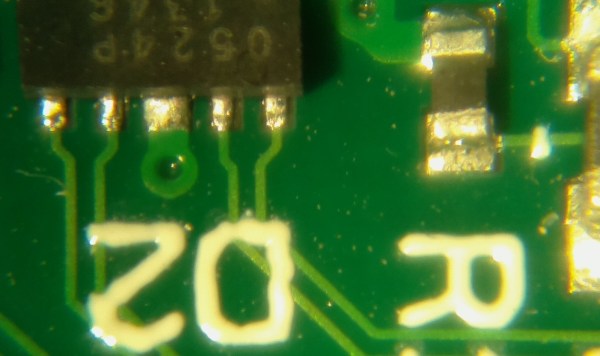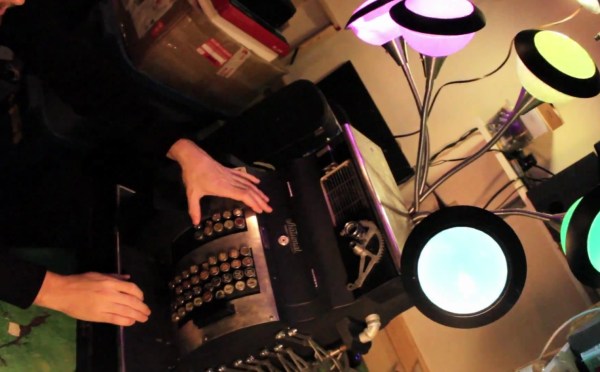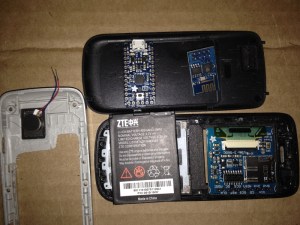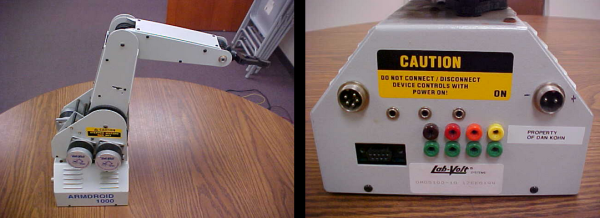HowToLou is back with a rather interesting build: One hundred laser diodes for hair growth.
Before you guffaw at the idea of lasers regrowing hair lost to male pattern baldness, there’s a surprising amount of FDA documents covering the use of laser diodes and red LEDs for hair growth and an interesting study covering teeth regrowth with lasers. Yes folks, it’s a real thing, but something that will never get a double-blind study for obvious reasons.
[Lou] is building his hat with 100 laser diodes, most of which were sourced from Amazon. These diodes were implanted in a piece of foam flooring, a rather interesting solution that puts dozens of diodes in a flexible module that’s pretty good for making a wearable device.
The lasers are powered by three AA batteries, stuffed into a four-slot battery holder that was modified to accommodate a power switch. [Lou] has been wearing a nine-diode hat for a month now, and if the pictures are to be believed, he is seeing a little bit of hair growth. At the very least, it’s an interesting pseudo-medical build that seems to be producing results.
Hats like these are commercially available for about $700. [Lou] built his for about $60. We’re calling that a win even if it doesn’t end up working to [Lou]’s satisfaction. Just don’t look at the lasers with your remaining eye.





 Shame On You is using a Pro Trinket running at 3.3 volts, along with an ESP8266 WiFi module. Power comes from a LiPo battery and is handled by an Adafruit LiPo backpack. Like several other EDC contest entries, Shame On You is using a cell phone shell as a case. The display is a 1.27″ color OLED with an SD card. A disc style vibrator motor will also help get the user’s attention.
Shame On You is using a Pro Trinket running at 3.3 volts, along with an ESP8266 WiFi module. Power comes from a LiPo battery and is handled by an Adafruit LiPo backpack. Like several other EDC contest entries, Shame On You is using a cell phone shell as a case. The display is a 1.27″ color OLED with an SD card. A disc style vibrator motor will also help get the user’s attention.












